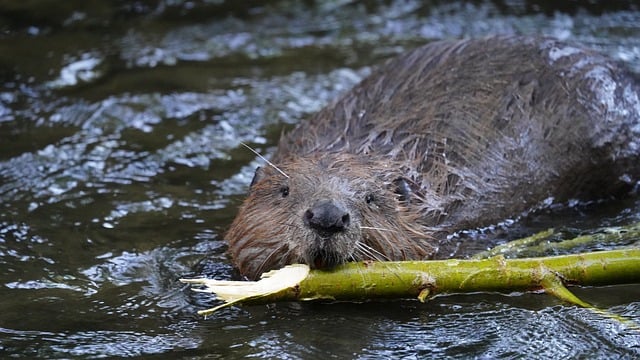Animals Use “Good Enough” Strategies to Solve Problems Efficiently
Neuroscientists often propose a single, optimal model for how an animal might carry out a task, such as finding food or navigating a maze. However, new research from Janelia scientists shows that animals, including humans, may not always use the best strategy, which can be resource-intensive. Instead, they employ strategies that are “good enough” to get the job done while using less brain power.
The study reveals that there are numerous ways an animal can successfully solve a simple foraging task. The researchers also developed a theoretical framework to understand these different strategies, how they relate to each other, and how they solve the same problem differently.
The Benefits of Being “Good Enough”
Tzuhsuan Ma, a postdoc in the Hermundstad Lab who led the research, says, “As soon as you release yourself from being perfect, you would be surprised just how many ways there are to solve a problem.”
The researchers found that some of these less-than-perfect options work nearly as well as the optimal strategy but require significantly less effort. This allows animals to use precious resources to handle multiple tasks simultaneously.
“Many of these strategies are ones we would have never dreamed up as possible ways of solving this task, but they do work well, so it’s entirely possible that animals could also be using them,” says Janelia Group Leader Ann Hermundstad. “They give us a new vocabulary for understanding behavior.”
Developing a Framework for Understanding “Good Enough” Strategies
The researchers initially examined a handful of the top-performing strategies and found that they were essentially doing the same thing as the optimal strategy, despite using fewer resources. However, they persisted in their search and discovered about 4,000 programs that fall into the “good enough” category, with more than 90 percent of them offering a new approach.
To determine which strategy an animal might be using, the team developed a systematic approach to thinking about the entire collection of strategies. They created a mathematical way to describe the programs’ relationships to each other through a network and devised an algorithm to reveal how one of these “good enough” programs could evolve from another.
The study showed that small changes to the optimal program can lead to significant changes in behavior while still preserving performance. If some of these new behaviors are also useful in other tasks, it suggests that the same program could be good enough for solving a range of different problems.
The new work provides a framework for researchers to start thinking beyond single, optimal programs for animal behavior. The team is now focused on examining how generalizable the small programs are to other tasks and designing new experiments to determine which program an animal might be using to carry out a task in real-time.
“Ultimately, getting a strong grasp on an animal’s behavior is an essential prerequisite to understanding how the brain solves different types of problems, including some that our best artificial systems only solve inefficiently, if at all,” Hermundstad says. “The key challenge is that animals might be using very different strategies than we might initially assume, and this work is helping us uncover that space of possibilities.”
If our reporting has informed or inspired you, please consider making a donation. Every contribution, no matter the size, empowers us to continue delivering accurate, engaging, and trustworthy science and medical news. Independent journalism requires time, effort, and resources—your support ensures we can keep uncovering the stories that matter most to you.
Join us in making knowledge accessible and impactful. Thank you for standing with us!

